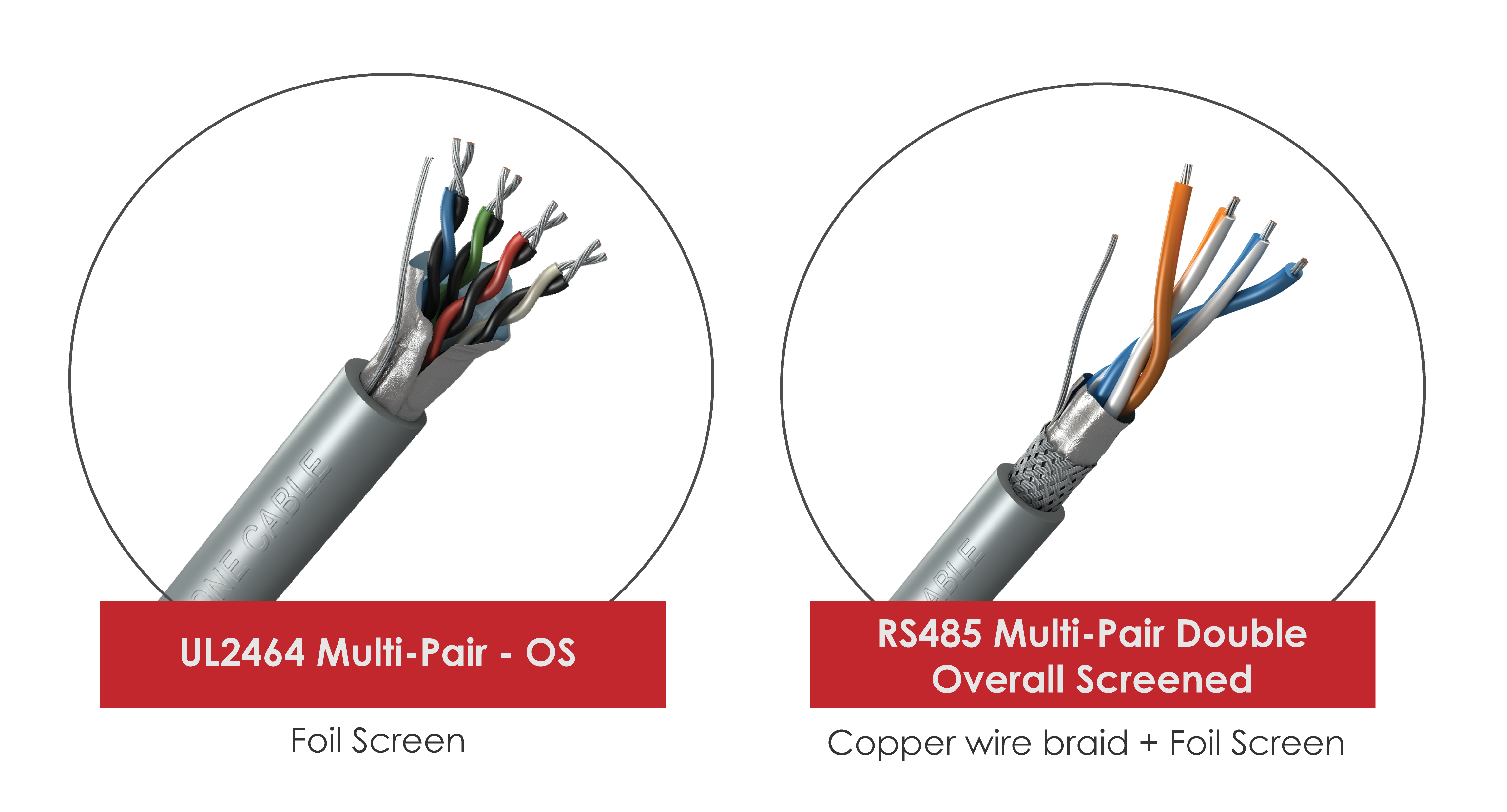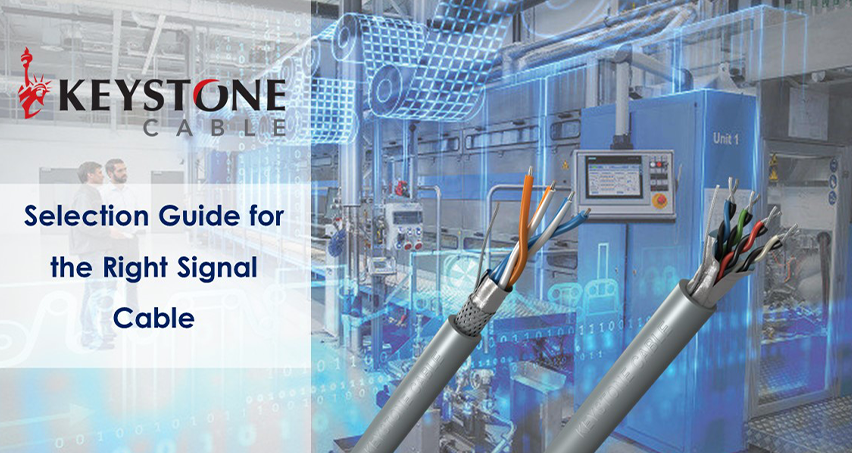In our previous Keystone Academy blog, “RS485 vs RS422”, we introduced the similarities and differences between the 2 wire protocols, RS485 and RS422. Though similar, the 2 wire protocols are not the same.
After knowing their differences, you may be wondering how to select a suitable signal cable. Here, we have distilled the key considerations to look into:
- Insulation
- Screening
Insulation
Insulation prevents electrical losses. There are 3 types of plastic insulation, namely Polypropylene (PP), Polyethylene (PE), and Polyvinyl Chloride (PVC).
The table below shows a comparison of the 3 materials, although PVC is still the most commonly used.
%201.png)
Screening
Screening prevents noise interference such as Electromagnetic Interference (EMI). Data communication cables are usually twisted to screen out noises. In addition to this cable laying method, Keystone adds screen(s) to the cables as a physical measure to further prevent noise interference.

There are 2 frequently used screens; the foil screen and the tinned* copper wire braid with foil screen.
Foil screens are used in normal circumstances while tinned copper wire braids with foil screens are used when the environment is extremely noisy. For instance, at industrial plants and factories with many motors running at the background.
*Copper is tinned to provide additional protection against oxidation and corrosion.
For more information about other cables with foil screens and cables with tinned copper wire braid with foil screens, check out the details in our Smart City catalogue.
We hope this blog has presented you with a general idea of some of the key factors to look out for when selecting a suitable signal cable. For more information, please contact our team.

